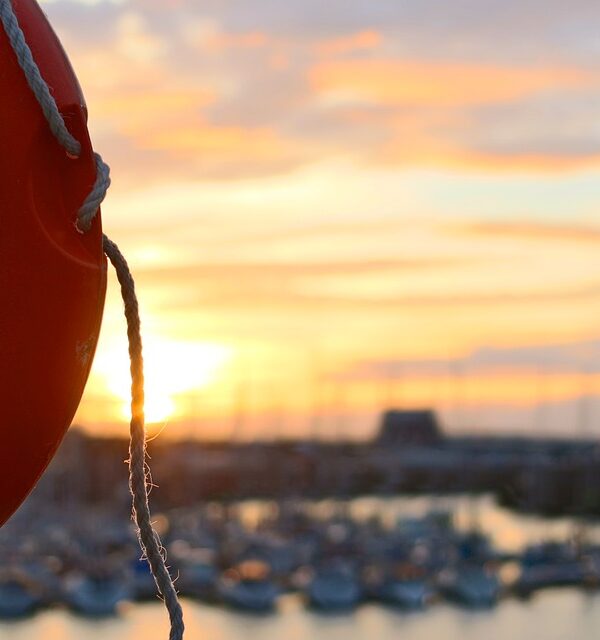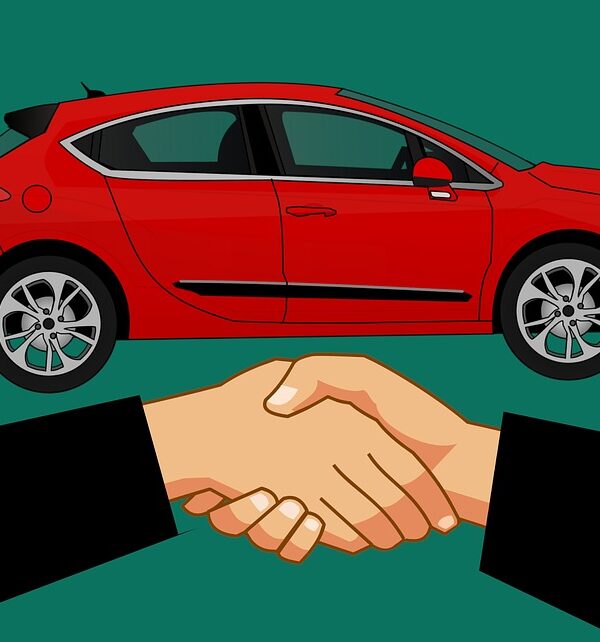Courtesy of iii.org Insurance can provide limited coverage for property damage for small boats such as canoes and small sail boats or small power boats with less than 25 mile per hour horse power under a homeowners or renters insurance policy. Coverage is usually about $1,000 or 10 percent of the home's insured value and generally includes the boat, motor and trailer combined. Liability coverage is typically not included–but it can be added as an endorsement to a homeowners policy. Check with your insurance representative to find out if your boat is covered and what the limits are. Larger and faster boats such as yachts, and personal watercraft such as jet skis and wave runners require a separate boat insurance policy. The size, type and value of the craft and the water in which you use it factor into how much you will pay for insurance coverage. For physical loss or damage, coverage includes the hull, machinery, fittings, furnishings and permanently attached equipment as part …
How To Lower Auto Insurance Cost
Courtesy of iii.org One of the best ways to keep your auto insurance costs down is to have a good driving record. Listed below are other things you can do to lower your insurance costs. 1. Shop around Prices vary from company to company, so it pays to shop around. Get at least three price quotes. You can call companies directly or access information on the Internet. Your state insurance department may also provide comparisons of prices charged by major insurers. You buy insurance to protect you financially and provide peace of mind. It’s important to pick a company that is financially stable. Check the financial health of insurance companies with rating companies such as A.M. Best (www.ambest.com) and Standard & Poor’s (www.standardandpoors.com/ratings) and consult consumer magazines. Get quotes from different types of insurance companies. Some sell through their own agents. These agencies have the same name as the insurance company. Some sell through independent agents …
2021 Hurricane Season
Courtesy of iii.org Colorado State University (CSU) hurricane researchers predict an above-average Atlantic hurricane season in 2021, citing the likely absence of El Niño as a primary factor. El Niño tends to increase upper-level westerly winds across the Caribbean into the tropical Atlantic, tearing apart hurricanes as they try to form. The CSU Tropical Meteorology Project team, led by Triple-I non-resident scholar Dr. Phil Klotzbach, predicts 17 named storms during the 2021 Atlantic hurricane season. Of those, the researchers expect eight to become hurricanes and four to reach major hurricane strength (Saffir/Simpson category 3-4-5) with sustained winds of 111 miles per hour or greater. An average season has 12 named storms, six hurricanes and three major hurricanes. The 2021 hurricane season, which runs from June 1 to November 30, follows a record-breaking 2020 season. The team expects the 2021 hurricane activity to be about 140 percent of the average season. By …


